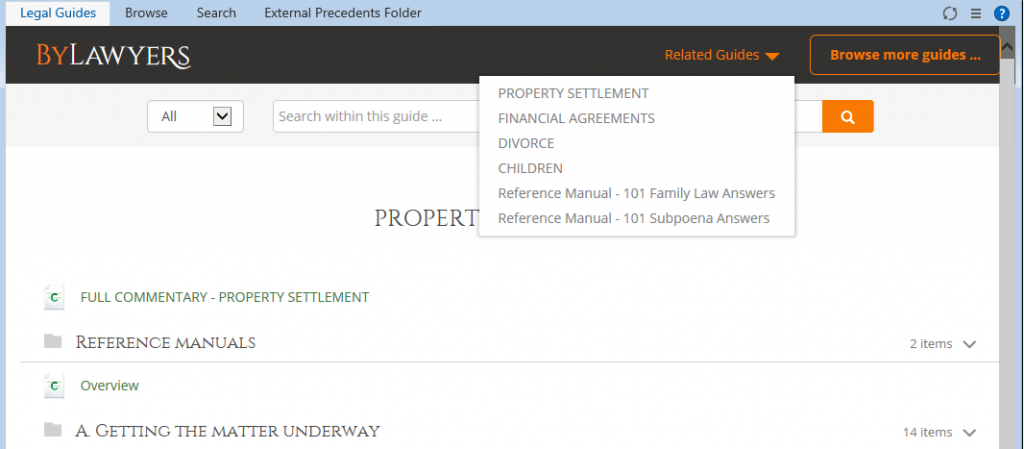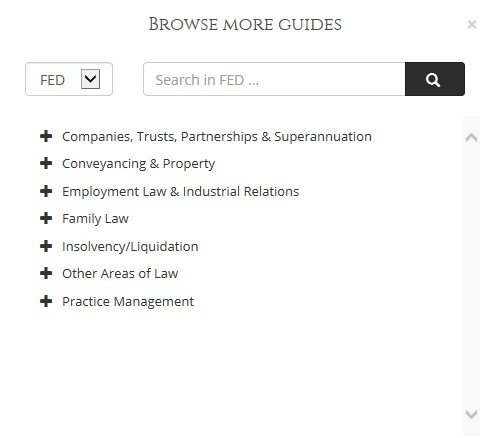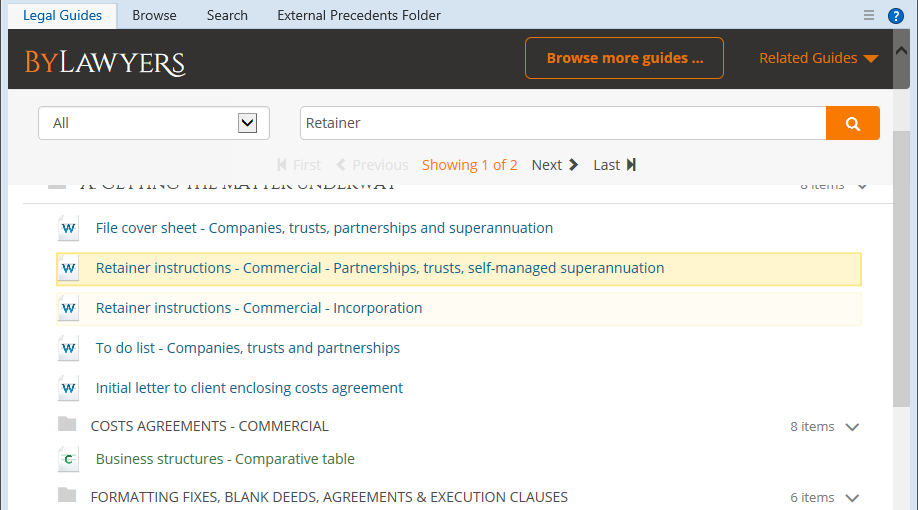The recent High Court decision in Burns v Corbett [2018] HCA 15 confirms that state tribunals do not have jurisdiction in interstate disputes, unless the tribunal is constituted as a state court. The decision only concerned the New South Wales Civil and Administrative Tribunal and confirms the NCAT does not have jurisdiction in interstate disputes. This may affect the Queensland Civil and Administrative Tribunal as there is doubt over whether or not QCAT is constituted as a state court.
Where claims involve interstate disputes, careful consideration of the appropriate forum is required.



